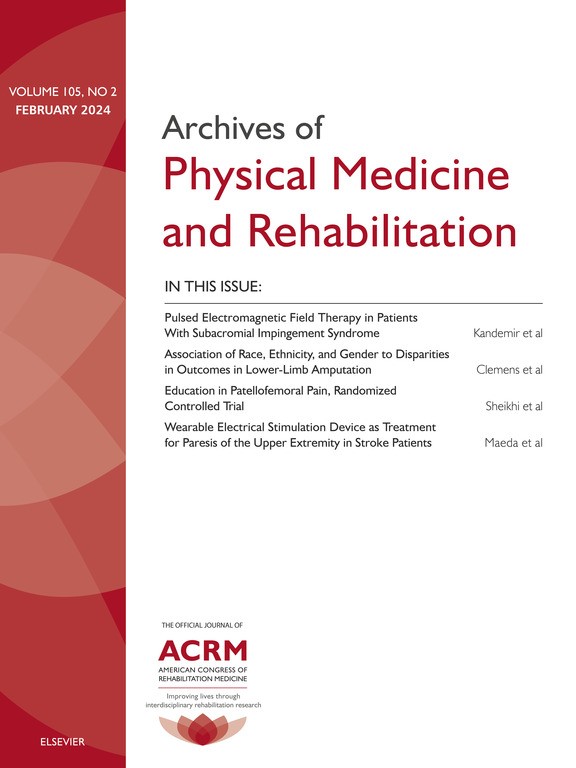
Low and high intensity extracorporeal shock wave therapy for chronic plantar fasciitis

Low and high intensity extracorporeal shock wave therapy for chronic plantar fasciitis
Is Extracorporeal Shock Wave Therapy Clinical Efficacy for Relief of Chronic, Recalcitrant Plantar Fasciitis? A Systematic Review and Meta-Analysis of Randomized Placebo or Active-Treatment Controlled Trials
Arch Phys Med Rehabil. 2014 Aug;95(8):1585-1593Did you know you're eligible to earn 0.5 CME credits for reading this report? Click Here
Synopsis
Data from 7 studies (RCTs and Quasi-RCTs), examining 550 patients with chronic recalcitrant plantar fasciitis, was pooled to investigate the safety and efficacy of extracorporeal shockwave therapy (ESWT). The evidence presented in this meta-analysis and systematic review indicated that low intensity ESWT delivered higher success rates than control treatments. Pain relief was better in both low and...
To view the full content, login to your account,
or start your 30-day FREE Trial today.
FREE TRIAL
LOGIN
Forgot Password?
Explore some of our unlocked ACE Reports below!

Learn about our AI Driven
High Impact Search Feature
Our AI driven High Impact metric calculates the impact an article will have by considering both the publishing journal and the content of the article itself. Built using the latest advances in natural language processing, OE High Impact predicts an article’s future number of citations better than impact factor alone.
Continue



 LOGIN
LOGIN

Join the Conversation
Please Login or Join to leave comments.